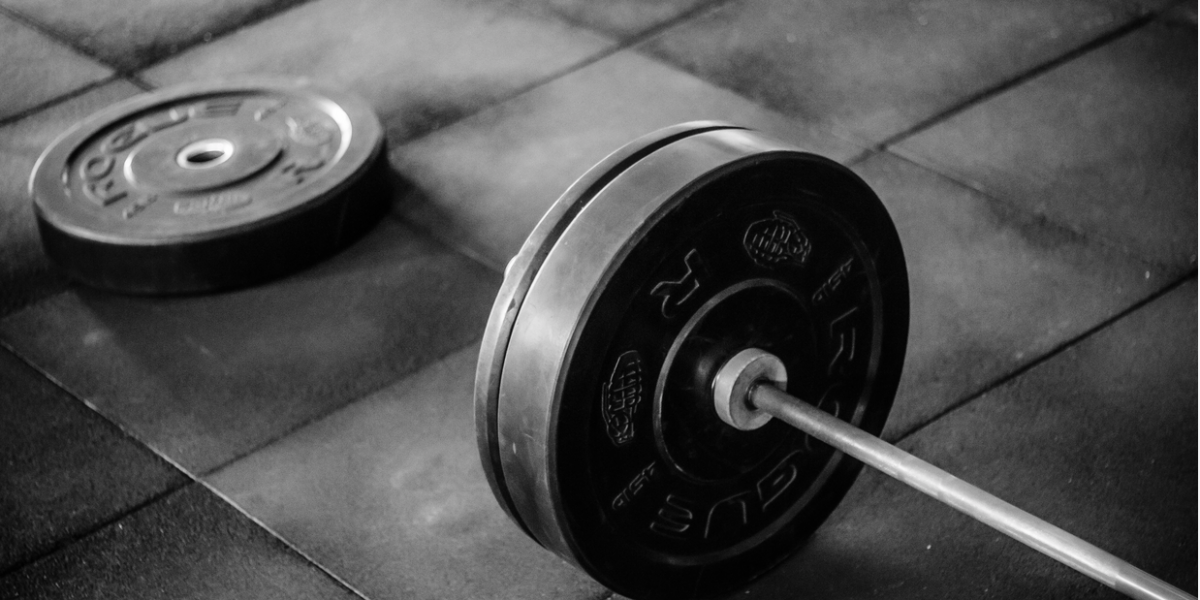As one of premier Melbourne fitness centres, we can tell you that weight training is an essential part of any fitness routine, improving strength, aesthetics, and overall athletic performance faster and to a greater degree than cardio can.
But as with any physical pursuit, weight training comes with certain risks, primarily that of injury. If you’re looking to take your weight training seriously, it’s imperative you start factoring injury prevention into your Melbourne fitness centre routine. Here’s five key areas to target to ensure you don’t have to sit on the sidelines.
1. Core
Strengthening your core is the single most important step you can take in protecting your lower back and spinal health. Naturally, the lower back, in addition to the shoulders and knees are where most weight training injuries typically happen. You’ve probably got more than one mate who’s received bad news from the doctor about their L4/5 region.
Your core is active in virtually every compound lift you undertake and if it’s not, it should be. Get it involved by strengthening it properly and we don’t mean with crunches. Start incorporating planks and plank variations into your routine. If you’re not able to hold a solid, one-minute plank just yet, don’t even think about deadlifting or squatting. Start with 30-second plank holds on a bench and work your way to the floor.
2. Hamstrings
In addition to your core and your glutes (which we’ll get to in a moment), your hamstrings are a critical part of taking proper care of your back during weight training. Having strong hamstrings is doubly important if you work an office job or any type of work where you spend long periods sitting in a chair.
The unfortunate thing is most people don’t really think about their hamstrings as they’re not a ‘vanity muscle’ the way your biceps, shoulders, or pecs are. That’s a real shame, because hamstring strengthening exercises should be in every leg day routine your undertake.
3. Glutes
Ah, the glutes. Speaking of vanity muscles, thanks to Instagram, there’s more focus on the glute muscles than ever, but it seems the fairer sex are the only ones interested in training them. Again, this is a real shame, because if you’re a bloke that sits around an office all day and doesn’t properly train his glutes, chances are you’ve got some serious weaknesses that at best are limiting your weight personal training potential and at worst, are setting you up for a serious back injury.
If you’ve noticed you’re struggling to properly recruit your glute muscles during lifts like the deadlift, the squat, and the overhead press (yes, believe it or not, strong glutes and core muscles are important in standing press exercises), fix this pronto. Start by hitting the elliptical machine to warm up for workouts and then incorporate lunges and lying hip raises into your main routine.
4. Hips
If you’ve taken our advice and you’ve started properly training your core, glutes, and hamstrings, but you’re still noticing lower back tightness after workouts or just engaging in life’s daily activities, you may have tight, un-flexible hips. Don’t feel bad. Again, our sedentary, chair-based office jobs are largely to blame.
Your core, glutes, and hamstrings should be strong and tight, but your hips should be loose and flexible in order to support movement. Loosen up those tight hips by ending each workout session with a good stretch. If you can’t comfortably perform a good deep lunge with a spinal twist, start there before you go for the full pigeon position.
5. Balance
No, we’re not talking about getting on the Bosu ball with a loaded barbell or whatever you’ve seen on YouTube or Instagram. When we talk about balance, we’re talking about ensuring your weekly routine addresses each part of your body.
You’ve probably heard all sorts of trash talk about ‘skipping leg day’, but the fact of the matter is you shouldn’t be skipping any day. Your muscle groups aren’t independent of each other. Each area is important, particularly when engaging in the big compound lifts, and all it takes is underlying weakness or imbalance in one area to limit your progress or put you on the sidelines for weeks.


